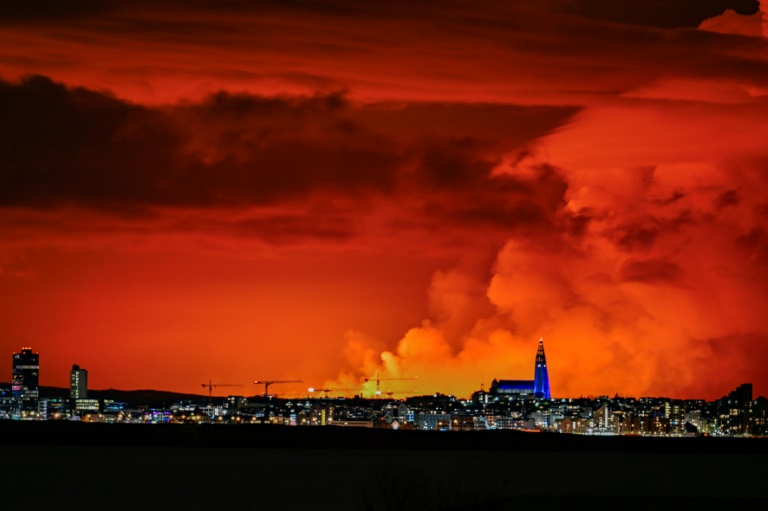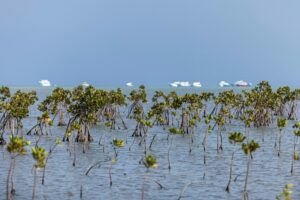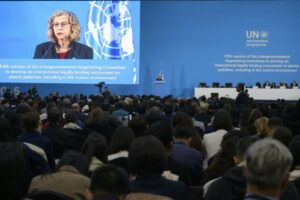Volcano erupts again on Iceland peninsula: Met office

Live video images showed glowing lava and billowing smoke – Copyright AFP/File Valerie Macon
Icelandic police declared a state of emergency late Saturday as lava spewed from a new volcanic fissure on the Reykjanes peninsula, the fourth eruption to hit the area since December.
A “volcanic eruption has started between stora Skogfell and Hagafell on the Reykjanes Peninsula,” said a statement from the Icelandic Met Office (IMO). Live video images showed glowing lava and billowing smoke.
Iceland’s Department of Civil Protection and Emergency Management announced it had sent a helicopter to narrow down the exact location of the new fissure. The authority also said the police had declared a state of emergency due to the eruption.
According to the IMO, it occurred close to the same location as a previous eruption on February 8. Lava appeared to flow south towards the dykes built to protect the fishing village Grindavik, it said.
Lava was also flowing west, as it had on February 8, and the length of the fissure was estimated to be 2.9 kilometres (1.8 miles), said the IMO.
Minutes before the eruption, the agency had issued a statement saying that seismic activity indicated that there was an increased chance of an eruption.
On Friday, the IMO said that magma was accumulating under the ground in the area “which could end with a new magma intrusion and possibly an eruption”. That could happen “with very little warning”, it said.
Local media reported that Iceland’s famed Blue Lagoon geothermal spa had been evacuated as well as Grindavik.
– New era –
The roughly 4,000 residents of Grindavik were only cleared to return to their homes on February 19 after having been evacuated on November 11, though only around a hundred chose to do so.
On that occasion, hundreds of tremors damaged buildings and opened up huge cracks in roads.
The quakes were followed by a volcanic fissure on December 18 that spared the village.
But a fissure opened right on the town’s edge, in January, sending lava flowing into the streets and reducing three homes to ashes, followed by a third eruption near the village on February 8.
As of Friday, more than 300 of Grindavik’s inhabitants had put in requests to sell their house to the state.
The eruptions on the Reykjanes peninsula have also raised fears for the Svartsengi power plant, which supplies electricity and water to around 30,000 people on the Reykjanes peninsula.
The plant was evacuated and has been run remotely since the first eruption in the region, and dykes have been built to protect it.
Iceland is home to 33 active volcano systems, the highest number in Europe.
It straddles the Mid-Atlantic Ridge, a crack in the ocean floor separating the Eurasian and North American tectonic plates.
But until March 2021, the Reykjanes peninsula had not experienced an eruption for eight centuries.
Further eruptions occurred in August 2022 and in July and December 2023, leading volcanologists to say it was probably the start of a new era of seismic activity in the region.
Volcano erupts again on Iceland peninsula: Met office
#Volcano #erupts #Iceland #peninsula #Met #office





